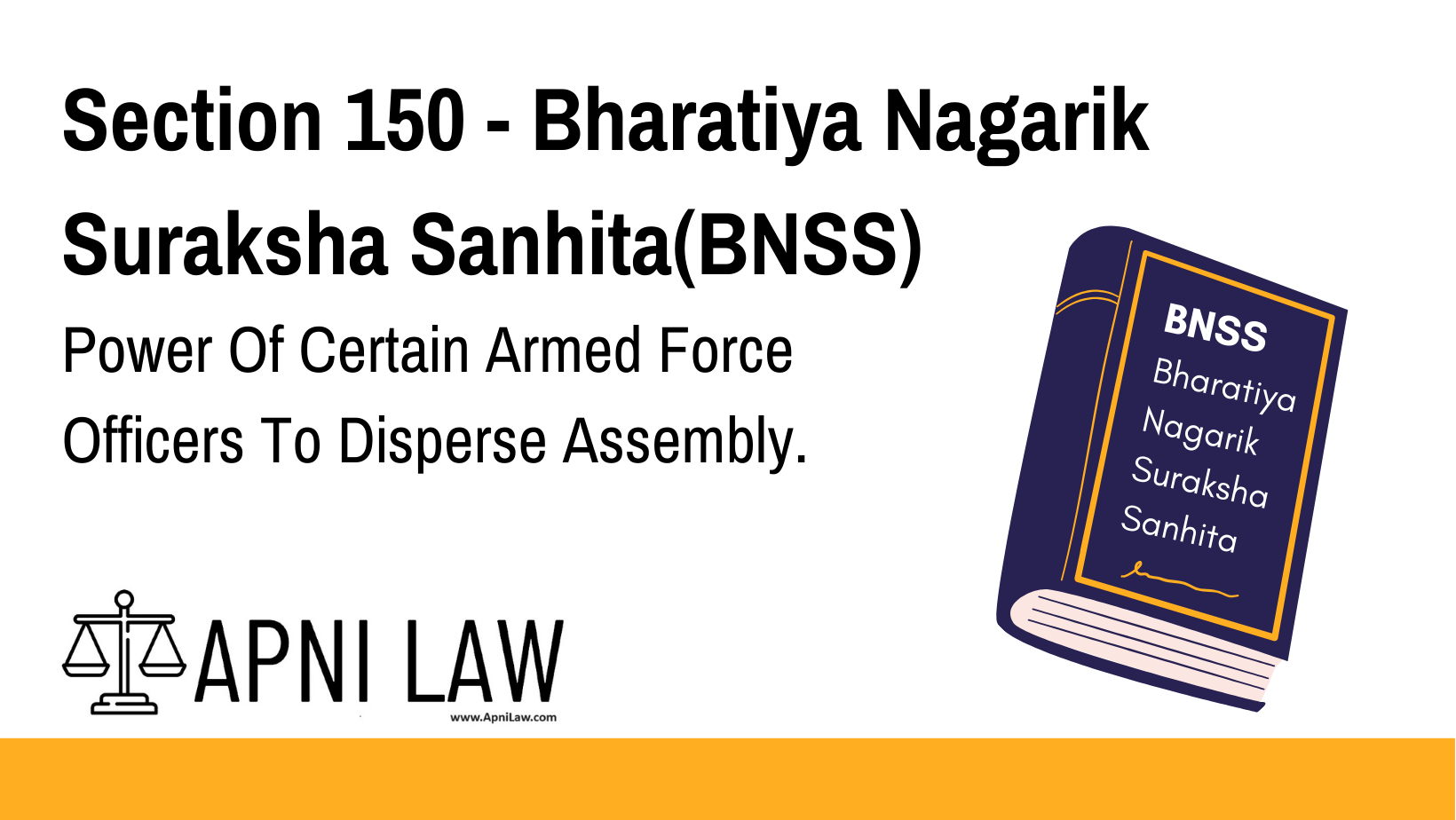Code:
When the public security is manifestly endangered by any such assembly and
no Executive Magistrate can be communicated with, any commissioned or gazetted officer
of the armed forces may disperse such assembly with the help of the armed forces under his
command, and may arrest and confine any persons forming part of it, in order to disperse
such assembly or that they may be punished according to law; but if, while he is acting
under this section, it becomes practicable for him to communicate with an Executive
Magistrate, he shall do so, and shall thenceforward obey the instructions of the Magistrate,
as to whether he shall or shall not continue such action.
Explanation:
Power Of Certain Armed Force Officers To Disperse Assembly
- Context:
- This provision is designed for situations where an assembly poses an immediate threat to public security, and there is no time to wait for an Executive Magistrate’s orders.
- Authority:
- Commissioned or gazetted officers of the armed forces are given the authority to take immediate action in dispersing the assembly and detaining individuals as necessary.
- Communication Requirement:
- If the officer can later contact an Executive Magistrate, they must do so and follow the Magistrate’s subsequent instructions on how to proceed.
- Objective:
- The primary objective is to maintain public safety while ensuring that any actions taken are later verified or regulated by a Magistrate to prevent misuse of power.
Illustrations
- Illustration 1:
- Scenario: A large protest is turning violent, and officers on the scene cannot reach an Executive Magistrate.
- Action: A commissioned officer of the armed forces orders the assembly to disperse. When the protestors do not comply, he instructs his troops to use minimal force to disperse the crowd and detain those who refuse to leave.
- Follow-up: Once communication with the Executive Magistrate is established, the officer reports the situation and follows any further instructions given.
- Illustration 2:
- Scenario: A mob is threatening a public building, and an Executive Magistrate is unreachable.
- Action: The officer assesses the situation, determines it poses a significant threat to public safety, and disperses the mob using his troops.
- Follow-up: After dispersing the mob, he is able to contact the Magistrate, who instructs him to proceed with charges against the individuals detained.
Common Questions And Answers:
Q1: What constitutes a manifest danger to public security?
- A1: A manifest danger includes situations where an assembly is violent, threatens public safety, property, or creates chaos in a public area.
Q2: Who qualifies as a commissioned or gazetted officer of the armed forces?
- A2: Commissioned officers include ranks such as Captains, Majors, and Colonels, while gazetted officers are those whose appointments are published in the official gazette, typically higher-ranking officers in the armed forces.
Q3: What should an officer do if they cannot disperse the assembly due to the risk of violence?
- A3: The officer should assess the situation carefully. If immediate dispersal isn’t safe, they should call for reinforcements and wait for further instructions from higher authorities or an Executive Magistrate.
Q4: What are the consequences for an officer who fails to follow the instructions of the Executive Magistrate after establishing communication?
- A4: The officer may face disciplinary action, including investigations into their conduct and potential legal ramifications if they do not adhere to lawful orders.
Q5: Can an officer take action against individuals who have not directly threatened public safety but are part of the assembly?
- A5: Yes, if the assembly as a whole poses a threat to public safety, the officer can act against all participants, even if individual actions are not directly threatening.











